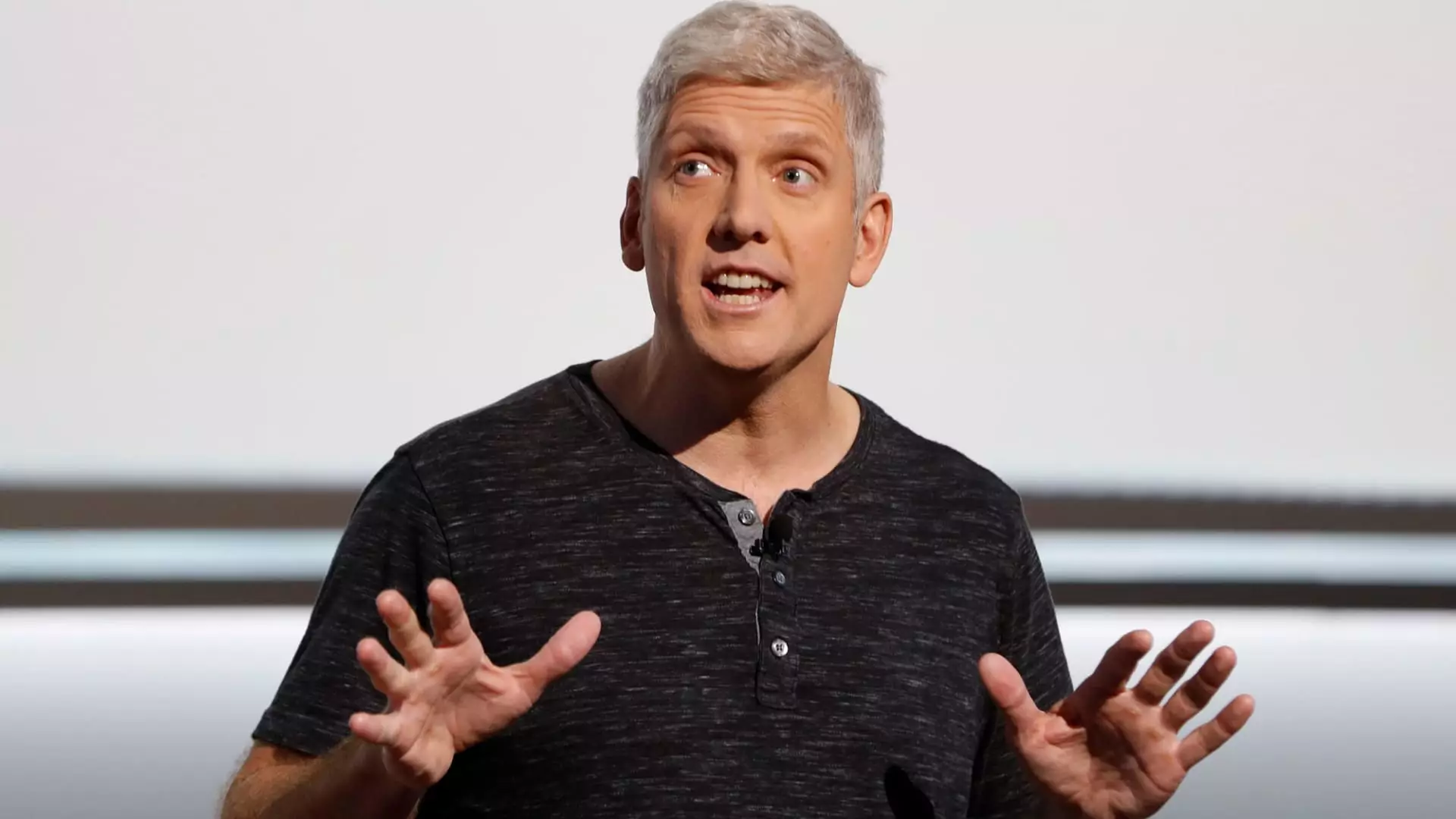In a move that has garnered attention across the tech industry, Google has initiated a voluntary buyout program aimed at employees within its Platforms and Devices (P&D) division. This initiative reflects the company’s evolving priorities in a landscape increasingly dominated by artificial intelligence (AI). With a workforce exceeding 25,000, this unit oversees significant product lines, including Android, Chrome, and Pixel devices. The buyout program not only signals anticipated organizational restructuring but also represents a response to the complex interplay between employee needs and corporate objectives.
The decision to implement voluntary buyouts serves as a proactive measure amidst looming expectations of workforce cuts. Rick Osterloh, Senior Vice President of Platforms and Devices, communicated this new initiative to employees in a memo, highlighting that it offers an option for individuals feeling misaligned with the current operational demands or culture within the division. This approach acknowledges the potential stress and dissatisfaction among employees while aiming to foster a more streamlined and committed workforce. By allowing voluntary exits, Google can address performance pressures in a more humane manner than traditional layoffs might entail.
Importantly, the timing is critical. As digital transformation accelerates, especially with AI at the forefront, companies like Google are compelled to reshape their teams to retain competitive advantage. Anat Ashkenazi, Google’s new CFO, has made it clear that cost-cutting will be pivotal as the company ramps up spending to bolster its AI infrastructure. This dual focus on financial prudence and innovation encapsulates the delicate balance tech giants must maintain amid dynamic market conditions.
While Google’s voluntary buyout offer reflects consideration for employee well-being, reactions from the workforce to the initiative are not monolithic. Some employees view the buyouts as a preferable alternative to blanket layoffs, expressing appreciation for the opportunity to exit with a severance package. The sentiment highlights a growing need for transparency and employee agency during transitional periods. An internal petition circulating among employees, emphasizing “job security,” indicates that many are acutely aware of the potential instability ahead.
The diverging opinions around the buyout program expose a deeper narrative about workplace culture within technology companies. Some employees acknowledge the need for the company to streamline operations and focus on its core strengths, while others worry about the implications of future layoffs and the effect such changes have on the company’s culture. This tension between the necessity for efficiency and preserving employee morale can create an atmosphere of unease, a challenge many organizations face as they navigate financial and operational pressures.
Financial Implications and Market Positioning
From a financial perspective, the Platforms and Devices division, while not as dominant as Google’s advertising revenue streams, has shown promising growth. Reported revenues surged to $10.66 billion in Q3, marking a 28% increase from the previous year. This performance underscores the division’s potential contribution to Google’s overall financial health, suggesting that efficiency improvements—including workforce optimization—could amplify profitability.
As the landscape of technological innovation evolves, Google is making strategic moves beyond voluntary buyouts and organizational realignment. For instance, the acquisition of key engineering talent from HTC Vive points to a commitment to advancing its virtual and augmented reality capabilities. Such investments are vital as Google strives to capture market segments ahead of competitors, notably Apple, which has plans for its own AI-integrated features.
Moving forward, Google’s challenge lies in forging a path that encourages innovation while also safeguarding employee stability. As artificial intelligence becomes increasingly integral to business operations, the need for a well-aligned and motivated workforce becomes paramount. The voluntary buyout program represents one facet of this broader struggle to accommodate both corporate objectives and individual aspirations.
It’s evident that the tech industry stands at a crossroads, where strategic decisions, like the ones undertaken by Google, will significantly shape future workforce dynamics. In the end, whether these voluntary buyouts will yield a more focused and energized team remains to be seen, but they exemplify an intentional approach to navigating the complex realities of modern business. As organizations like Google prioritize AI and other emerging technologies, they must also remain vigilant about the human elements that contribute to their long-term success.

